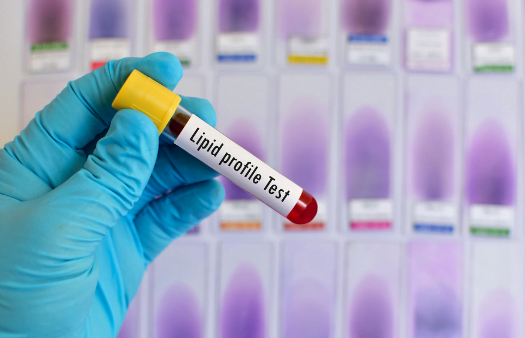Cholesterol Esterase Activity Testing in Food Analysis
The Cholesterol Esterase (CE) activity testing is a critical analytical tool used to measure the enzymatic activity of cholesterol esterase within food samples. This test provides insights into the presence and stability of cholesterol esters, which are essential for understanding nutritional content and shelf life in various food products.
Cholesterol esterases play a significant role in the metabolism of dietary fats and cholesterol. In food analysis, assessing CE activity helps ensure that products meet safety and quality standards. This test is particularly important for foods rich in lipids such as dairy products, meat, and bakery goods. Understanding the CE activity ensures the integrity of these products by preventing potential spoilage or contamination issues.
The methodology involves incubating a sample with cholesterol ester substrate and measuring the release of free cholesterol using spectrophotometric techniques. The assay is performed under controlled conditions to minimize external factors that could affect results, ensuring precise and reliable outcomes.
Compliance with international standards such as ISO 51943-2:2018 for analytical methods in the food industry ensures consistency and accuracy across different laboratories worldwide. This standard provides a robust framework for CE activity testing, guaranteeing that results are comparable and reproducible.
The primary goal of this testing is to enhance product quality by identifying potential issues early on in the production process. By monitoring CE activity, manufacturers can ensure that their products remain safe and effective throughout their shelf life. This proactive approach not only improves consumer confidence but also helps maintain regulatory compliance.
Quality managers and R&D engineers rely heavily on accurate CE activity testing to develop new formulations or improve existing ones. For instance, in the development of low-fat dairy products, understanding how different processing techniques affect CE activity can lead to better preservation strategies. Similarly, in meat production, tracking changes in CE activity over time could help identify optimal storage conditions.
CE activity testing also supports compliance officers by providing data that helps meet stringent regulations related to food safety and quality. By ensuring consistent results across all batches, companies demonstrate their commitment to maintaining high standards throughout the supply chain.
Industry Applications
- Quality assurance in dairy products
- Lipid profiling in meat processing
- Bakery goods evaluation for freshness retention
- Formulation optimization for low-fat and high-fiber foods
- Detection of adulteration in food ingredients
The application of CE activity testing extends beyond just production facilities; it is also crucial during the supply chain to ensure that raw materials meet specified standards. By integrating this test into their quality control processes, companies can maintain consistent product quality and safety.
Why Choose This Test
- Accurate measurement of cholesterol esterase activity in food samples
- Compliance with international standards for analytical methods
- Supports the development and optimization of new products
- Ensures product safety and extends shelf life
The Cholesterol Esterase Activity Testing is preferred by industry professionals due to its reliability and precision. This test offers valuable information about the stability and quality of food products, enabling better decision-making in R&D departments. It helps in identifying potential risks early on, thereby reducing costs associated with recalls or subpar product performance.
By choosing this testing method, organizations demonstrate their commitment to maintaining high standards of food safety and quality. This not only builds trust among consumers but also enhances brand reputation. The ability to consistently meet regulatory requirements is crucial in today’s competitive market environment.
Customer Impact and Satisfaction
- Enhanced consumer confidence through consistent product quality
- Increased brand loyalty due to reliable food safety practices
- Elevated regulatory compliance reducing the risk of legal issues
- Precise data aiding in efficient supply chain management
The impact of Cholesterol Esterase Activity Testing extends far beyond mere laboratory results; it directly influences customer satisfaction and trust. Consumers are increasingly concerned about what they eat, preferring brands that prioritize safety and quality. By incorporating this test into their operations, companies not only meet but exceed expectations set by consumers.
Moreover, the precision of these tests allows for more effective supply chain management. Knowing exactly when a product is at risk helps in taking timely corrective actions, thus avoiding potential disruptions or recalls. This proactive approach ultimately leads to higher levels of customer satisfaction and long-term loyalty.





